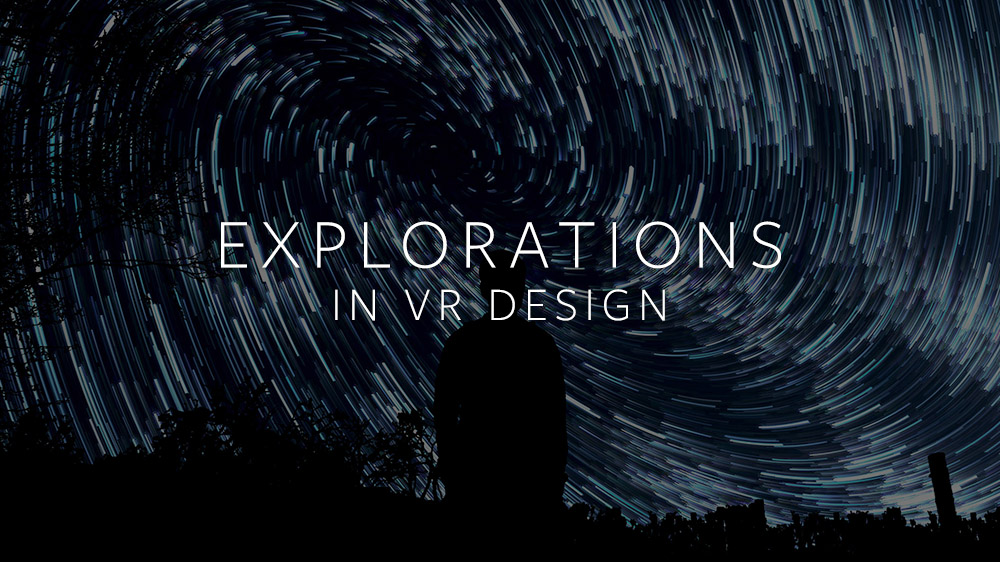Until the rise of VR, we lived on the edges of a digital universe that was trapped behind glass screens. Immensely powerful and infinitely portable, but still distant and inaccessible.
The digital is taking substance in our reality. We are its artists, architects, and storytellers. Click To TweetNow the glass is breaking. We can see and reach into new worlds, and the digital is taking substance in our reality. You are now one of its many artists, architects, sculptors, and storytellers.
Explore our latest XR guidelines →
Designing a fluid and seamless experience for VR/AR is impossible without a deeper understanding of the medium. But VR/AR is still largely unexplored. There are no hard-and-fast rules. That’s why this is not a technical paper or “best practices” documentation. It’s a journey through the work of hundreds of developers and designers along the bleeding edge.
Over the next few months, we’re going to explore every aspect of VR/AR design. How to architect a space. How to design groundbreaking interactions. And how to make your users feel powerful. From world and sound design, to experimental hand interfaces and objects, everything you need to build a more human reality.
Explore our latest XR guidelines →
All the world’s a stage, and you are now its set designer. In our first Exploration, we look at some ideas around architecting spaces, and how we prototype new worlds. Learn more in World Design: Setting the Stage.

